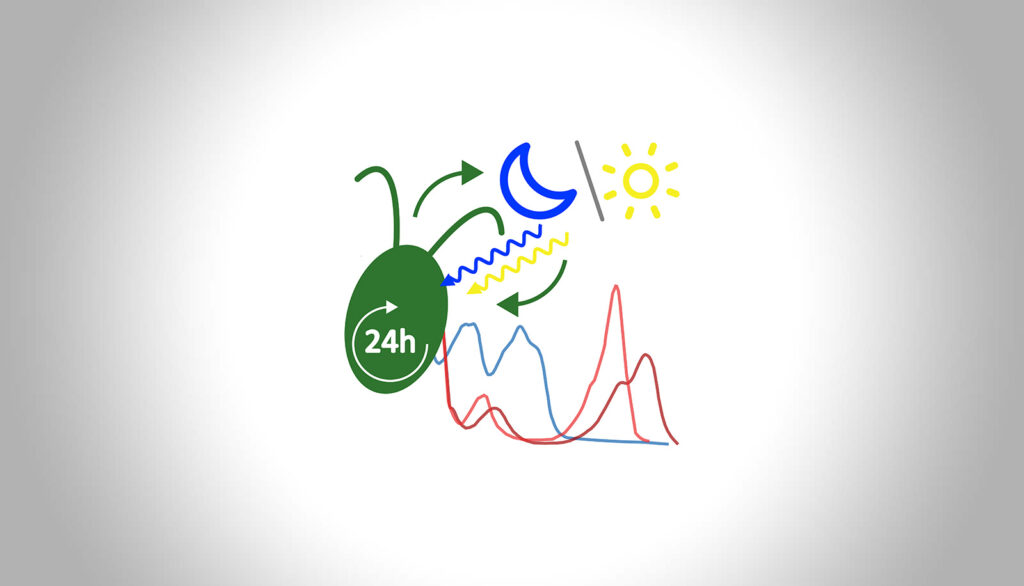Inducible CRISPR gene editing systems for pathogenic USH2A variants
Salome Spaag - Hector Fellow Eberhart Zrenner
Amongst the leading causes of retinal dystrophies worldwide is Retinitis pigmentosa, a severe disease often caused by splice variants in the USH2A gene. This project aims to develop a safe CRISPR-based therapeutic strategy for correction of such splicing defects. Using enhanced-deletion nucleases, the disease-causing alterations can be eliminated, hereby restoring correct protein synthesis. The focus lies on safety features as well as the development of an inducible viral delivery system for clinical application.










